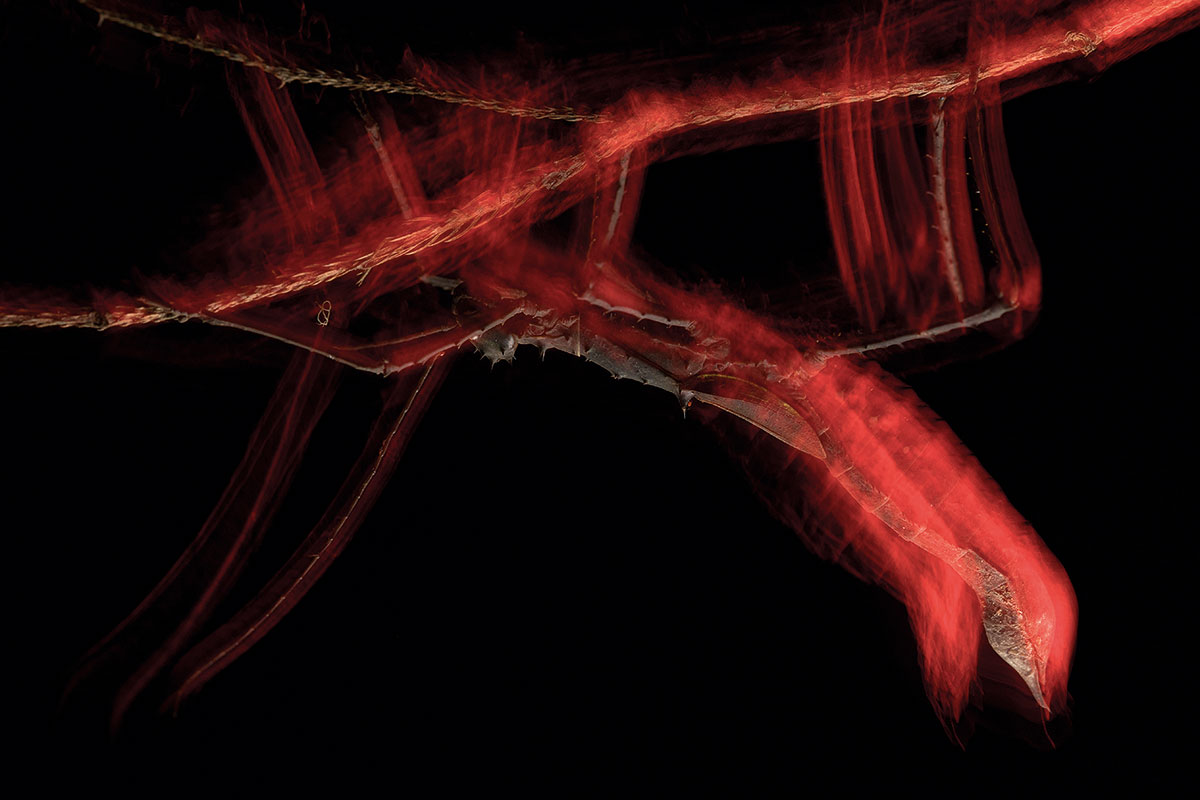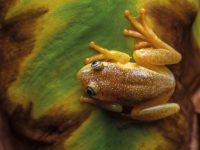
Often overshadowed by the beauty, behaviour or controversy of other arthropods, phasmids (order Phasmatodea) – the group of insects that includes stick and leaf insects – deserve their own moment of glory. With more than 3,000 described species, this order is found on every continent except Antarctica; they eat plants and, in some species, even insects; many are parthenogenetic (i.e., females reproduce without the need for males); some species produce sounds whose functionality, if any, remains to be clarified; and in some countries of South America and Asia they are considered a delicacy. In addition, phasmids can regenerate lost limbs, and most species rely on camouflage to remain unnoticed. Some can even change colour or imitate the characteristic swaying of branches and leaves in the wind. In science, they are models for studies in ecology, evolution, developmental biology, medicine and even pest control.
But all this is of little use if we want to photograph them and find nothing but a «living stick». How do we get a different image of a motionless and unattractive animal? This question came to mind when I came across one of these animals on a night walk in Malaysia. I then decided to distort reality by using a red flashlight. I wanted to create a possible cognitive dissonance by showing movement in a still image. I increased the shutter speed of my camera and set out to take two overlapping shots in a single photograph.
When I pressed the shutter, my flash would quickly capture the subject (the first image). However, once the flash had done its job, and while the picture was still being taken, I would shine the red torch on the insect until the picture was finished (the second picture). The whole process would take 3.2 seconds. In the case of the second portrait, my unsteady hand holding the camera and switching on the torch would create this apparent halo of movement. Once again my imagination was my best ally.





